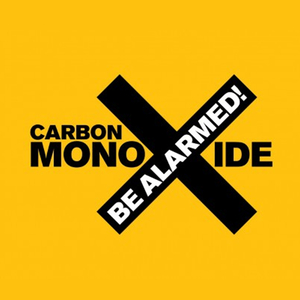Carbon Monoxide - Reduce The Risk
Carbon Monoxide - Reduce The Risk
Carbon monoxide (CO) is a colourless, tasteless and odourless gas. Regular inhalation can make you feel unwell and can even be fatal if you're exposed to high enough levels. A carbon monoxide alarm should be fitted in any home that contains a fuel burning appliance, like a boiler, and tested regularly to ensure that it is working.
What is carbon monoxide (CO)?
Carbon monoxide is produced by the incomplete burning of fossil fuels, such as gas. This can occur in inadequately maintained or badly fitted domestic heating appliances, such as boilers and gas fires. If your flue or chimney is blocked, CO will be unable to escape your home, allowing a dangerous concentration to circulate around your home.
Reduce the risk – Install a carbon monoxide monitor
Install a carbon monoxide alarm in your home. The sensing technology in a carbon monoxide detector accurately measures the levels of CO and the time of exposure, and is designed to sound before carbon monoxide levels become threatening.
Carbon monoxide detectors should be installed in every room that contains a fuel burning appliance. You can install them in other rooms to ensure adequate warning is given for occupants in other areas of your home - such as bedrooms.
Install your detector at a horizontal distance of between 1 and 3m from the potential source. If this is on the ceiling, it should be at the highest point (if you have a sloped ceiling) and at least 30cm from any obstruction, such as light fixtures. If this is on the wall, it should be located approximately 15cm from the ceiling but not above any windows or doors.
Carbon monoxide (CO) safety tips
- Fit an audible carbon monoxide alarm and test it regularly
- Get fuel-burning appliances serviced annually by a Gas Safe Registered engineer
- Keep ventilation ways clear and have flues chimneys swept at least once a year to identify and remove any blockages
- Check that you have enough ventilation in every room, and that air vents are kept clear
- Be aware of the symptoms: headaches, dizziness, nausea, breathlessness, collapsing and loss of consciousness are all signs of CO poisoning
- Key signs of exposure to carbon monoxide: if symptoms clear up when you're away from home and come back when you return, or if other people in your household experience similar symptoms

